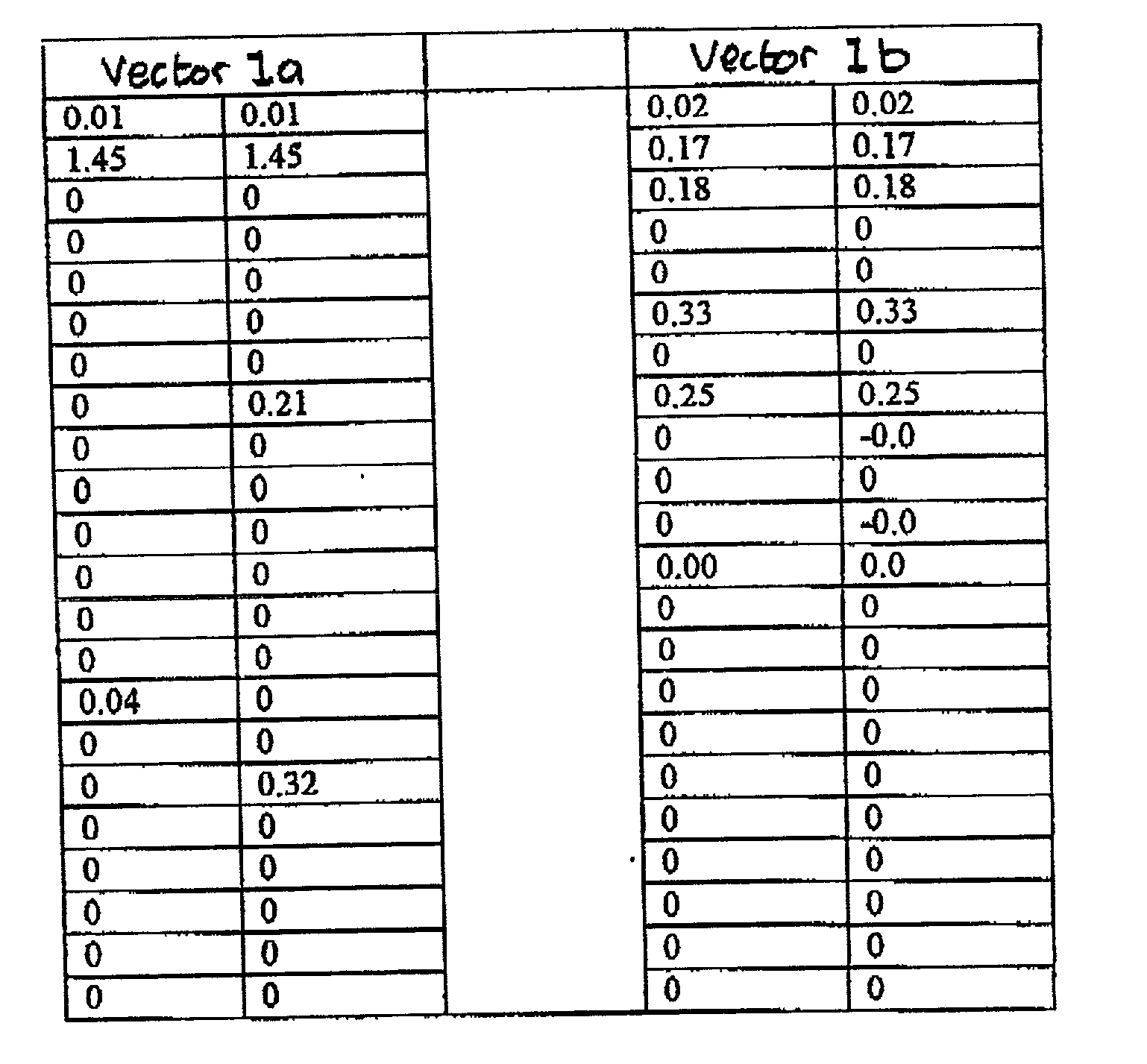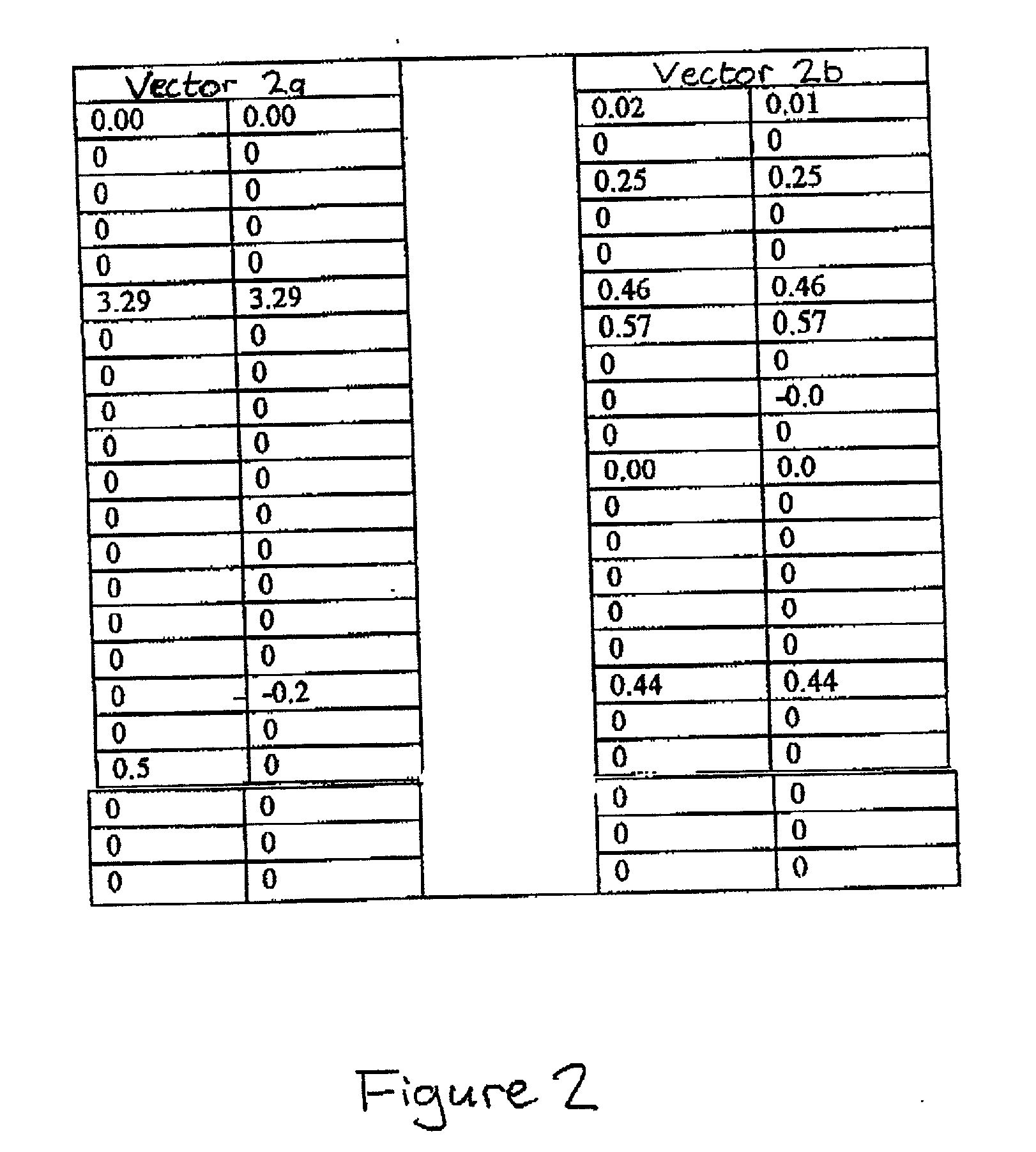Vector difference measures for data classifiers
a data classifier and difference measure technology, applied in the field of vector difference measure for data classifier, can solve the problems of increasing the problem of telephone fraud, limiting the risk, and increasing the operating cost of the telephone service provider
- Summary
- Abstract
- Description
- Claims
- Application Information
AI Technical Summary
Benefits of technology
Problems solved by technology
Method used
Image
Examples
Embodiment Construction
[0025] As discussed above, measures of similarity or difference between data vectors are required for a number of different purposes in the training and use of trainable data classifiers. A trainable data classifier, such as a neural network, may itself operate on the basis of a similarity assessment, but this process is likely to be complex and dependant upon the training given. Processes such as management of training data conflict or redundancy, or nearest neighbour reasoning, require a more straightforward method of data vector comparison.
[0026] The elements of data input vectors may be qualitative or quantitative. In the case of telecommunications behavioural data the data is generally quantitative. The simplest similarity measure that is commonly used for real-valued data vectors is the Euclidean distance. This is the square root of the sum of the squared differences between corresponding elements of the data vectors being compared. This method, although robust, frequently ide...
PUM
 Login to View More
Login to View More Abstract
Description
Claims
Application Information
 Login to View More
Login to View More - R&D
- Intellectual Property
- Life Sciences
- Materials
- Tech Scout
- Unparalleled Data Quality
- Higher Quality Content
- 60% Fewer Hallucinations
Browse by: Latest US Patents, China's latest patents, Technical Efficacy Thesaurus, Application Domain, Technology Topic, Popular Technical Reports.
© 2025 PatSnap. All rights reserved.Legal|Privacy policy|Modern Slavery Act Transparency Statement|Sitemap|About US| Contact US: help@patsnap.com



